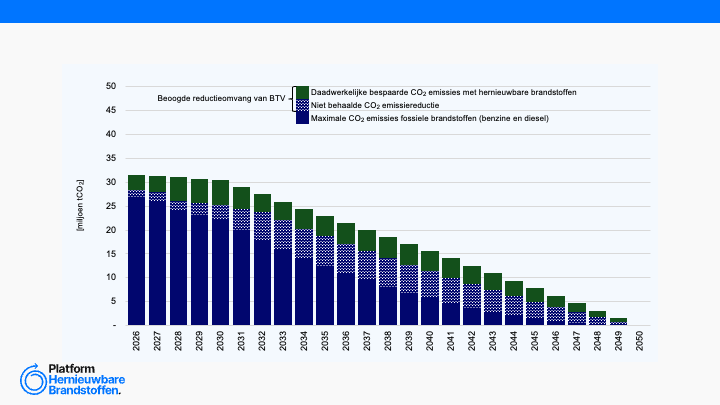DNV - Energy Transition Outlook 2021: Technology Progress Report (2021)

DNV has recently published their Energy Transition Outlook (2021) in which they focus on how key energy transition technologies will develop, compete, and interact in the coming five years. Whereas the entire document is interesting to read to gain more knowledge about the energy transition in the future, especially sections 3, 8 and 9 contain relevant information about for the (sustainable) fuel and transport sector.
In the report (Section 3), they analysed the topic of waste to fuel and feedstock and state that waste is increasingly being viewed as a resource in the wrong place. They mention municipal solid waste (MSW), which is expected to increase by more than 60% by 2050, as a source of fuels, principally for methane and biodiesel. Separating and valorising MSW streams into higher value fuels like hydrogen and sustainable aviation fuels (SAFs) are expected to be hot topics over the next five to ten years. In the report, they share different ways to use MSW, for example to produce biogas and biomethane (waste-to-fuels). Biomethane can be used in hard-to-abate sectors as aviation, trucking and shipping. Especially regarding SAFs biomethane and methanogenesis could be promising, as instead of producing biogas through anaerobic digestion of wet waste, methanogenesis can be arrested during fermen- tation to instead produce C2 to C8 volatile fatty acids (VFA) for catalytic upgrading to sustainable aviation fuel. This could be a possible new feedstock for SAFs, now limited to hydrotreatment of esters and fatty acids from virgin vegetable oil and waste fats and grease.
In Section 8 of the report, they elaborate on the electric vehicles (EVs) and the sustainable transport sector. Transport is currently accounting for 27% (118 EJ) of global energy demand, and more than three quarters of that is coming from road transport. However, they predict a high share of EVs in the future which could decarbonise this sector. More detailed: assuming continued government incentives for EVs, they expected a massive switch to EVs and that in Europe, 50% of new vehicles will be BEVs by 2026 (Figure 8.1). Moreover, they expected that by 2050, approximately 36% of road transport final energy demand is being met by electricity (Figure 1), although substantial investments to deploy charging infrastructure is needed.

Figure 1: World road-sector energy-demand by carrier.
Lastly, they shed a light on green hydrogen production and the hydrogen economy in the future (Section 9). They expect the world hydrogen energy demand for road and maritime sectors to rise to approximately 5 EJ/year in 2050 for the road sector, and approximately 8 EJ/year for the maritime sector.

 Download hereVisit Website
Download hereVisit WebsiteRecente artikelen
Port of Amsterdam: Visie 2040 - Green Port Amsterdam

Factsheet: Sustainable Transport Investment Plan

Analyse brandstoftransitieverplichting

